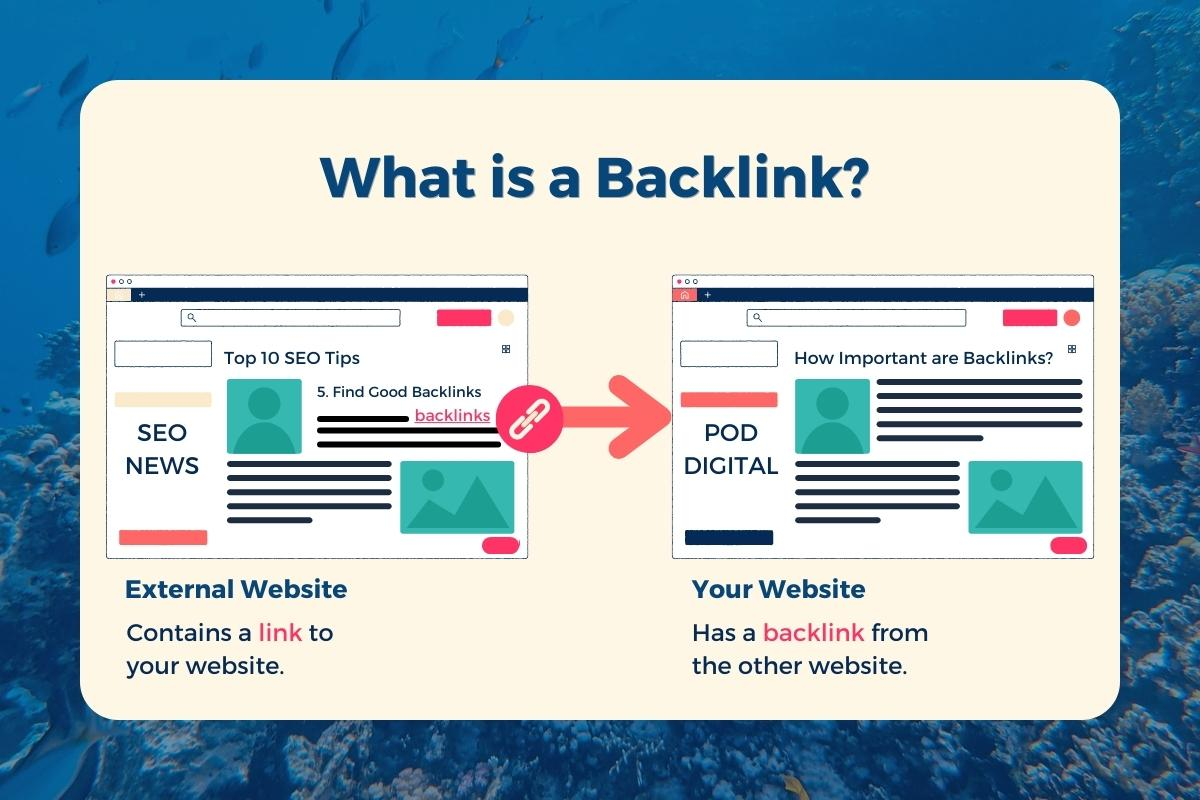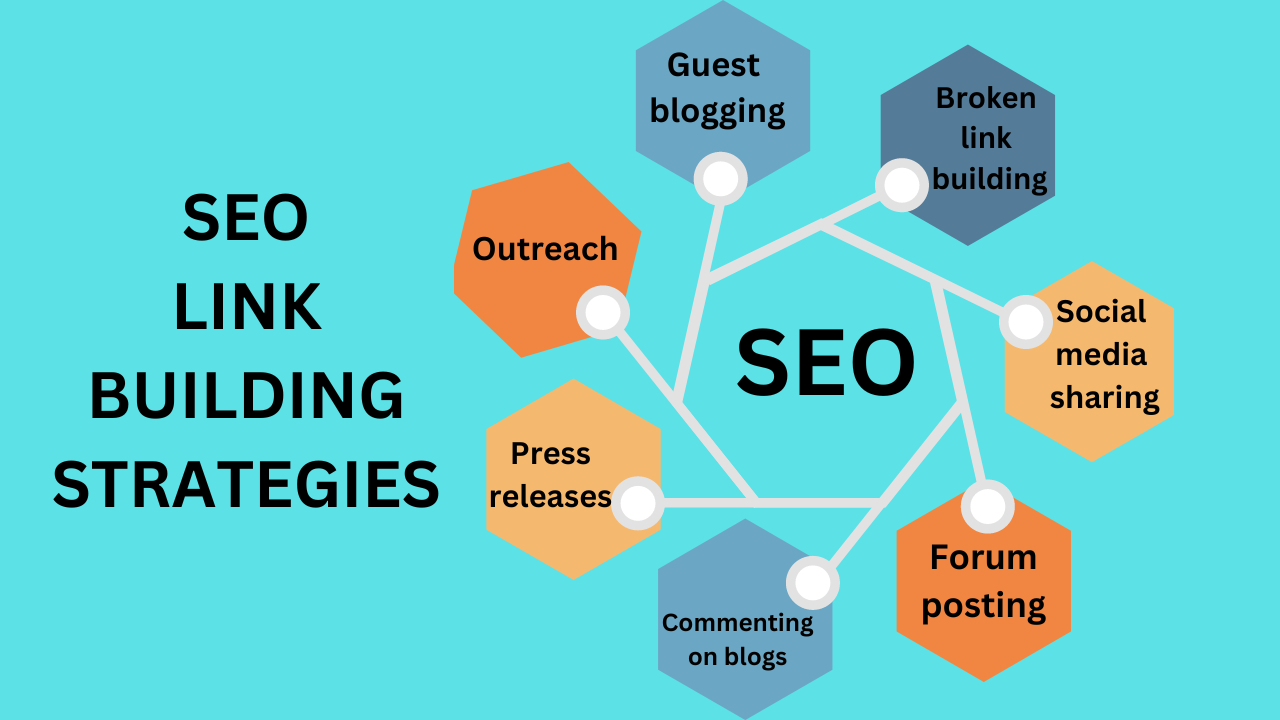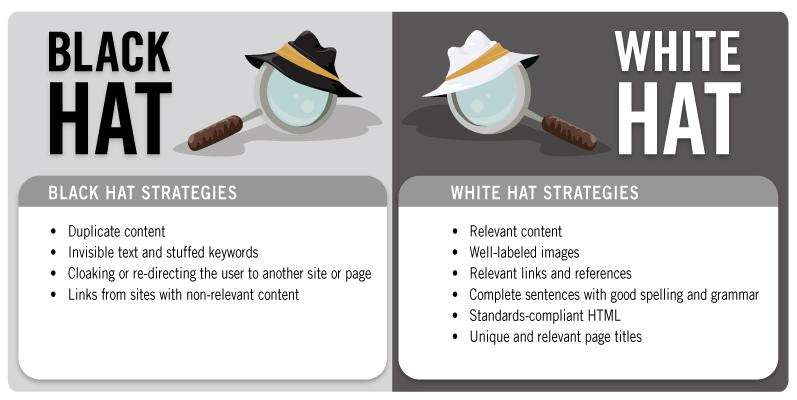🔗 How to Do SEO Backlinks: The Complete Guide (2025)
Backlinks are still one of the most powerful ranking factors in SEO. Whether you’re running a personal blog, an e-commerce store, or a B2B SaaS platform, understanding how to build high-quality backlinks can skyrocket your website rankings on Google.
In this guide, we’ll break down:
- What backlinks are
- Why backlinks matter for SEO
- Types of backlinks
- How to build them strategically
- What to avoid (black hat link-building)
- Tools to help with backlink SEO
- 2025 best practices
📌 What Are Backlinks?
Backlinks, also called inbound links or incoming links, are links from one website to a page on another website.
Example:
If a popular blog links to your website in one of their articles, that’s a backlink for you.
✅ Why Are Backlinks Important in SEO?
Google uses backlinks as a “vote of confidence.” Each quality backlink signals that your content is valuable, relevant, and trustworthy.
Here’s how they help:
- Improve search engine rankings
- Increase organic traffic
- Boost domain authority (DA)
- Faster indexing of new pages
- Build brand visibility and credibility
In short: More high-quality backlinks = higher chances of ranking on page 1.
🧠 Types of Backlinks (And Which Ones Matter Most)
1. DoFollow Backlinks ✅
These pass SEO value (link juice) to your site and are crucial for rankings.
2. NoFollow Backlinks 🚫
Do not pass direct SEO value, but still useful for traffic and brand exposure.
3. High Authority Links ⭐
Links from websites with high Domain Authority (DA) like Forbes, Wikipedia, or government/educational sites.
4. Contextual Links 📝
Links embedded naturally within relevant content. These are the most powerful.
5. Guest Post Links
Links placed in articles you write for other websites.
6. Social Media & Forum Links
Great for traffic and branding but usually no-follow.
🚀 How to Build Backlinks: Proven Strategies
1. Create High-Quality, Linkable Content
You must earn backlinks before you build them. That means publishing:
- Data-driven articles
- Ultimate how-to guides
- Tools or calculators
- Infographics
- Case studies
- Original research
If your content provides real value, people will naturally link to it.
2. Guest Posting
Write articles for relevant websites in your niche and include a backlink to your site.
How to do it:
- Search for opportunities:
niche + “write for us” - Reach out with a value-first email
- Follow their guidelines and deliver great content
Tip: Focus on websites with DR 30+ for stronger SEO impact.
3. Broken Link Building
Find broken (dead) links on other websites and offer your similar content as a replacement.
Tools you can use:
- Ahrefs (Broken Link Checker)
- Check My Links (Chrome Extension)
4. Skyscraper Technique
Find popular content with lots of backlinks, create something better, and reach out to the websites that linked to the original.
Steps:
- Find a top-ranking article in your niche
- Improve it (add visuals, updates, data, etc.)
- Email the sites linking to the original and pitch your improved version
5. HARO (Help a Reporter Out)
Register on https://www.helpareporter.com to answer journalist queries. If they use your response, you get a high-authority backlink (DA 60–90+).
6. Niche Directory Submissions
Submit your site to reputable niche directories (not spammy general ones).
Example:
- Clutch.co (for agencies)
- Behance (for designers)
- TripAdvisor (for tourism)
7. Podcast Guesting
Be a guest on podcasts in your industry. Most hosts will link to your site in show notes.
8. Sponsor Local Events or Scholarships
Sponsorship links from local universities, charities, or tech events can be .edu or .org — extremely powerful for SEO.
🛑 Avoid These Black Hat Backlink Tactics
While backlinks are essential, not all links are created equal. Avoid these risky practices:
- Buying links from shady sources
- Spammy blog comments
- PBNs (Private Blog Networks)
- Automated link building software
- Link exchanges like “you link me, I’ll link you”
These can result in Google penalties and ranking drops.
🛠️ Tools to Help with Backlink SEO
| Tool | Purpose |
|---|---|
| Ahrefs | Backlink analysis, broken links, competitor links |
| SEMrush | Backlink audits, gap analysis |
| Moz Link Explorer | Domain authority checks |
| BuzzSumo | Find viral content to use for skyscraper method |
| Hunter.io | Find emails for outreach |
| HARO | PR backlinks |
📊 How to Measure Backlink Quality
Not all backlinks are good. Here’s how to spot valuable ones:
| Factor | Description |
|---|---|
| Domain Authority (DA) | The higher, the better (DA 50+ is strong) |
| Relevance | Content of linking site matches your niche |
| Anchor Text | Natural, relevant keywords used |
| Dofollow Status | Check if it passes link juice |
| Traffic | Referring site should get organic traffic |
| Placement | Link within body content (not footer/sidebar) |
📈 Backlink Best Practices for 2025
- Focus on quality > quantity
- Build diverse backlinks (blogs, podcasts, PR, directories)
- Make content worth linking to
- Use manual outreach with personalized emails
- Keep track of your backlink profile monthly
- Disavow toxic links (via Google Search Console) if needed
🧪 Bonus Tip: Spy on Your Competitors’ Backlinks
Use tools like Ahrefs or SEMrush to analyze your competitors:
- See where they’re getting links from
- Discover gaps in your own backlink profile
- Reach out to the same sites or offer better content
🔚 Final Thoughts: Backlinks Are the Backbone of SEO
If content is king, backlinks are the kingdom.
Without them, even the best content may struggle to rank.
By focusing on high-value strategies like guest posting, HARO, broken link building, and content creation, you can steadily grow your website’s authority and traffic.
Start slow, stay consistent, and focus on building genuine relationships.
SEO backlinks aren’t just technical — they’re about trust.




